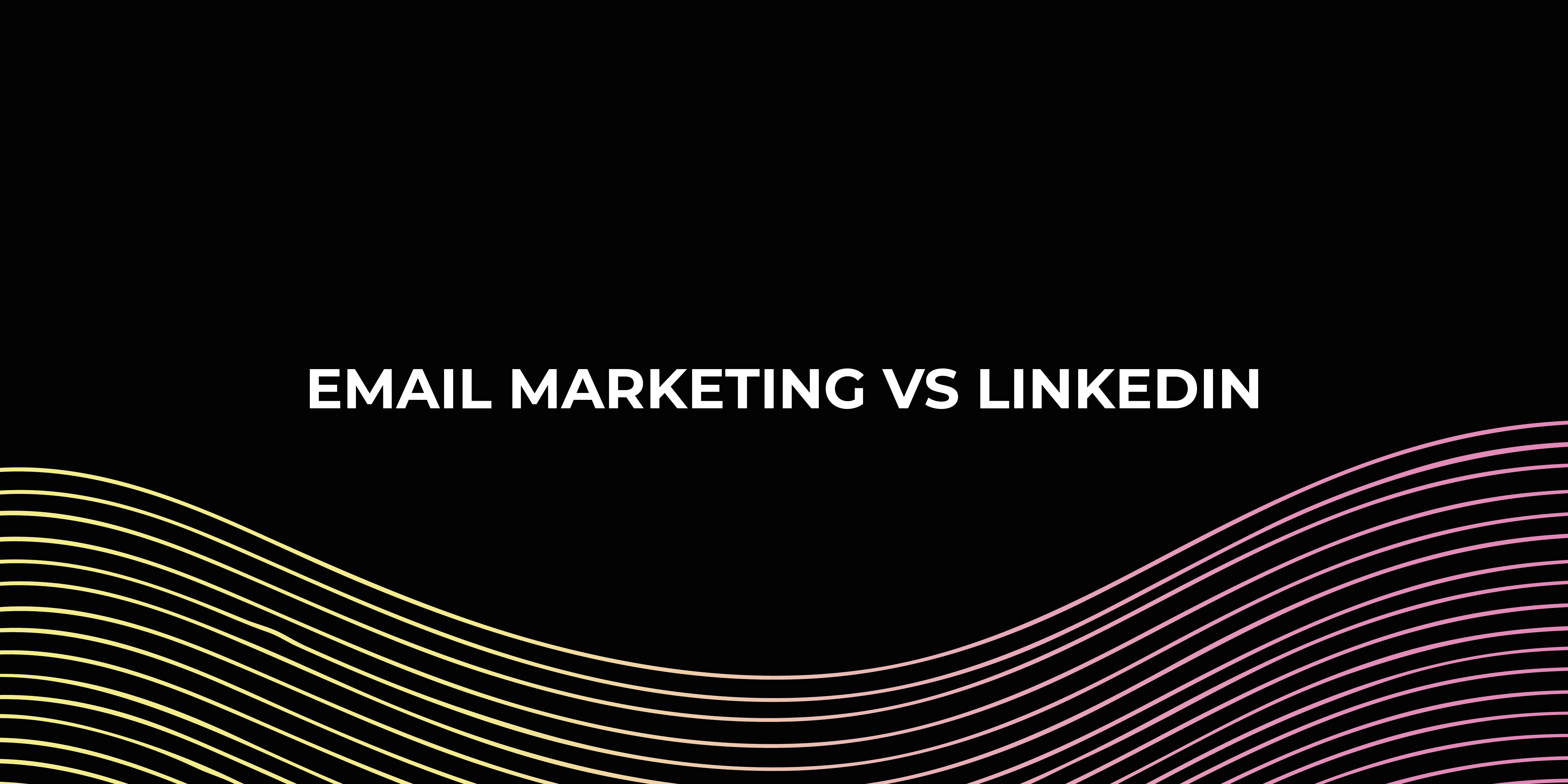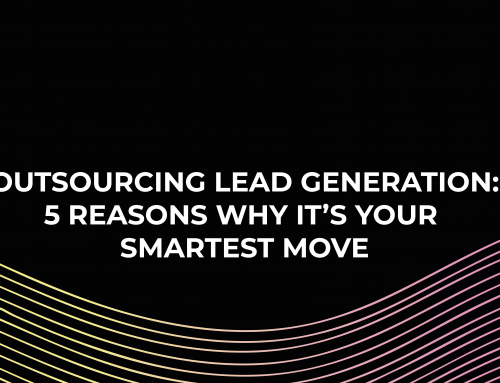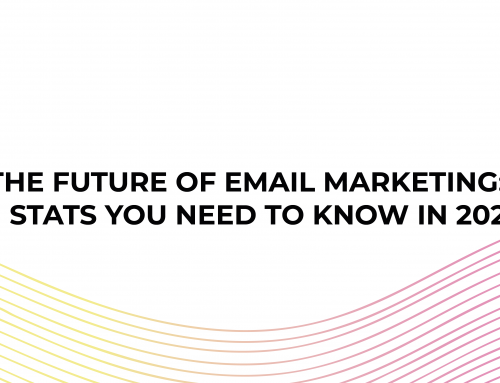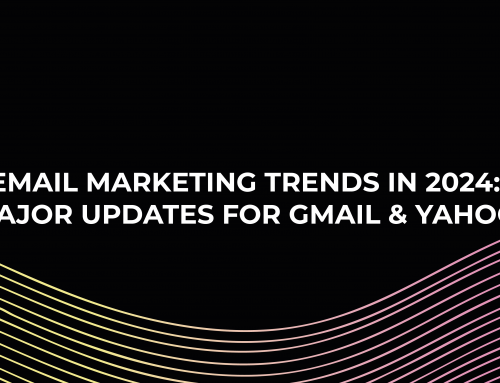Word of mouth has never been more critical than it is today, mainly because we can’t meet in person. People are yearning for connection. That implies your marketing approach should be more personal, centred on engaging with people and increasing word-of-mouth.
But, in B2B markets, SMEs often face the challenge of deciding whether to use Linkedin or Email Marketing as their primary channel. As a result, we decided to compare the two channels and highlight the benefits of both LinkedIn Marketing and Email Marketing. And, although there are particular distinctions between the two platforms, keep in mind that the multi-channel strategy is the best.
Email Marketing
The days of sales teams cold calling one individual at a time are long gone. With the press of a button, you can now send an email to thousands of individuals all at once.
Segmentation is one of the most effective tools in an email marketer’s arsenal. Emails may be customized to almost anything with targeted automation, from particular demographics to where your prospect is in the sales funnel.
Furthermore, you are not blindly throwing emails into the internet wilderness. You may monitor open and reply rates, send when your recipient is most likely to open and respond, track attached documents, and much more.
You can create leads in minutes while also consulting analytics that assists you in growing your strategy to prospects you missed the first time around.
LinkedIn Automation: An absolute no-no.
LinkedIn Marketing can be considered a lot more effective. The data on LinkedIn paints a brighter picture. It has 675 million members, with 40% of them accessing the site daily. So, you have a high probability of attracting the attention of the right people.
It also has the benefit of being faster. Using an automation service can allow you to send multiple messages on LinkedIn to thousands of online users with the click of a button. You can locate a prospect, connect with them, and send them a message right away.
Social networking allows us a friendlier, more natural approach. LinkedIn users, in particular, are eager to meet new people and companies. You are welcome to approach them, and they anticipate it. That is why they have a profile.
However, automation is nothing more than a shortcut when it comes to LinkedIn activity. The time that automation saves, gives it time to tint your brand message by being superficial, in other words, fake.
Automation is simply, not the way to go. Prospects want real messages, written personally to them. Not sent by a robot. Do you want to build an online relationship as a robot? Absolutely not.
If you are going to use LinkedIn as your primary platform, use non-automated service instead.
So, is email marketing obsolete?
Certainly not.
Even email marketing can have limitations, it would be an exaggeration to claim that email marketing is dead. Sure, there are many email services for generating leads, but it doesn’t imply email marketing is extinct.
According to reports, 74% of Baby Boomers think emails are the most personal channel to communicate with brands. And many marketers have seen a 78% increase in email engagement over the last 12 months. Just showing the world that email isn’t going anywhere anytime soon.
If you want to have an effective email marketing campaign, you need to create a strong email marketing strategy to help you reach and connect with your target audience in a personalized way. And to increase sales at an affordable rate.
The bigger picture: An integrated strategy is the best strategy.
When you combine email marketing with a channel like LinkedIn, you may get much better outcomes than if you used any of these channels individually. For example, you may start a discussion with your leads on LinkedIn and then get their permission to follow up with emails.
It’s time to stop seeing LinkedIn, your website, and email as distinct channels. We must treat them as a unified whole – your marketing plan. The foundation of such a marketing approach is content. You write content once and then use it everywhere — on your website, on LinkedIn, and to your email list. It aids in the creation of relationships, driving prospects to your website, capturing leads, and keeping you at the forefront of people’s minds.




